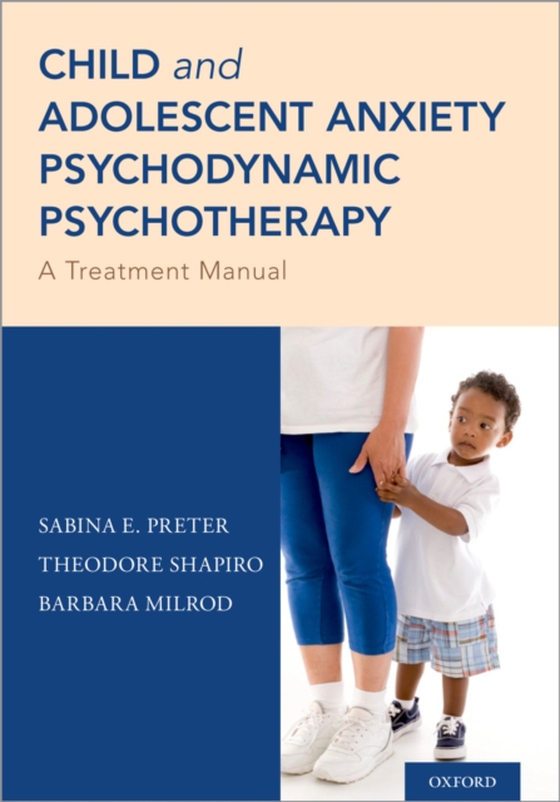
Child and Adolescent Anxiety Psychodynamic Psychotherapy e-bog
260,50 DKK
(inkl. moms 325,62 DKK)
Child and Adolescent Anxiety Psychodynamic Psychotherapy, CAPP, is a new, manualized, tested, 24-session psychotherapeutic approach to working psychodynamically with youth with anxiety disorders. This book describes how clinicians intervene by collaboratively identifying the meanings of anxiety symptoms and maladaptive behaviors and to communicate the emotional meaning of these symptoms to the ...
E-bog
260,50 DKK
Forlag
Oxford University Press
Udgivet
16 juli 2018
Længde
176 sider
Genrer
MMH
Sprog
English
Format
epub
Beskyttelse
LCP
ISBN
9780190877736
Child and Adolescent Anxiety Psychodynamic Psychotherapy, CAPP, is a new, manualized, tested, 24-session psychotherapeutic approach to working psychodynamically with youth with anxiety disorders. This book describes how clinicians intervene by collaboratively identifying the meanings of anxiety symptoms and maladaptive behaviors and to communicate the emotional meaning of these symptoms to the child. The treatment is conducted from a developmental perspective and the book contains clinical examples of how to approach youth of varying ages. The authors demonstrate that CAPP can help youth: Reduce anxiety symptoms by developing an understanding of the emotional meaning of symptoms Enhance children's skill of reflection and self-observation of one's own and others' motivations (improvement in symptom-specific reflective functioning) Diminish use of avoidance, dependence and rigidity by showing that underlying emotions (e.g. guilt, shame, anger), as well as conflicted wishes and desires can be tolerated and understood Understand fantasies and personal emotional significance surrounding the anxiety symptoms to reduce symptoms' magical qualities and impact on the childThe manual provides a description of psychodynamic treatment principles and technique and offers a guide to opening, middle, and termination phases of this psychotherapy. It contains chapters on the historical background of psychodynamic child psychotherapy, on developmental aspects of child psychotherapy, and on the nature of parent involvement in the treatment. It will be useful for clinicians from diverse therapy backgrounds and it will appeal to the student reader, as well as to the experienced clinician.
 Dansk
Dansk

